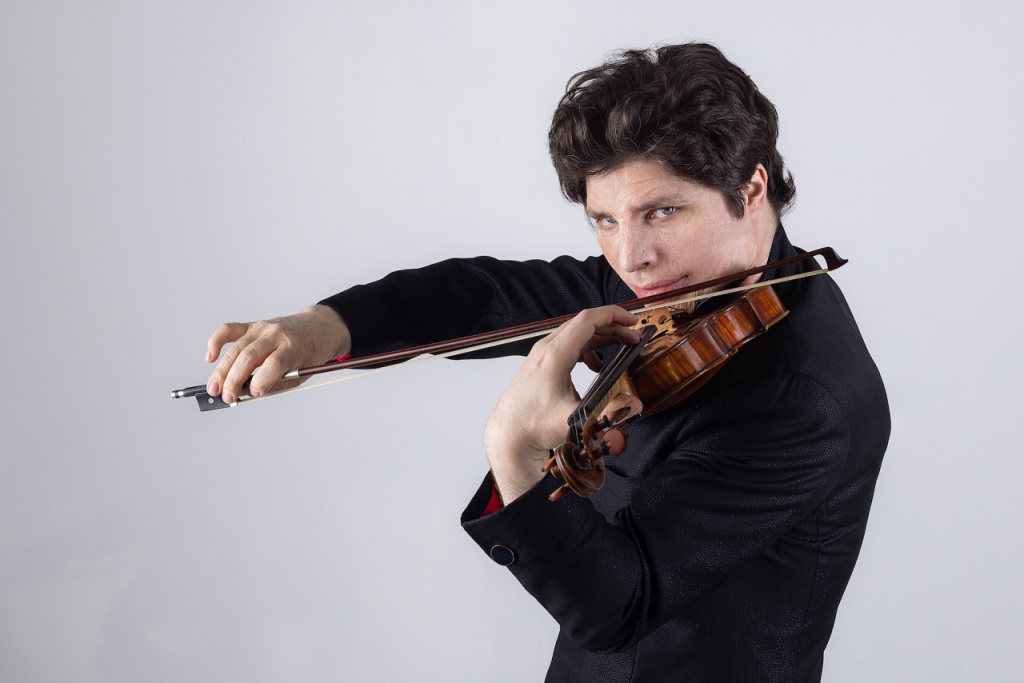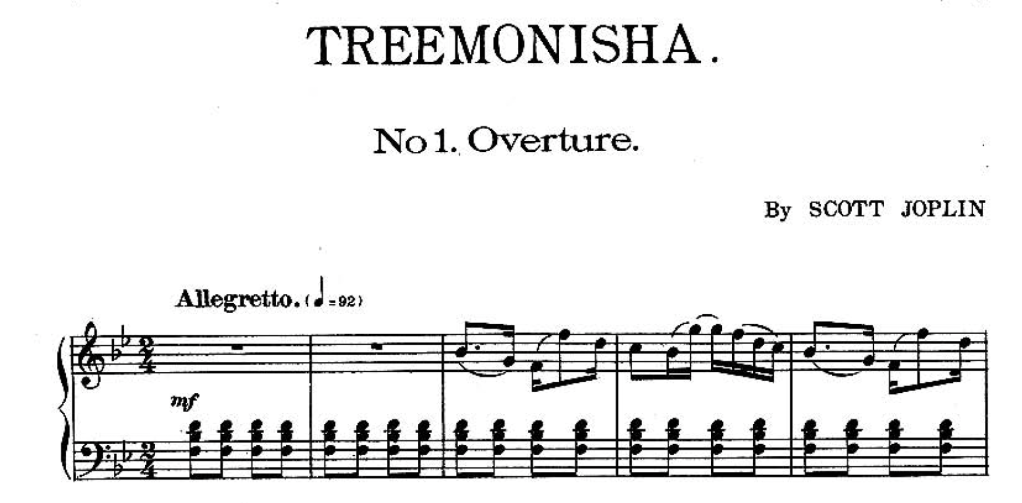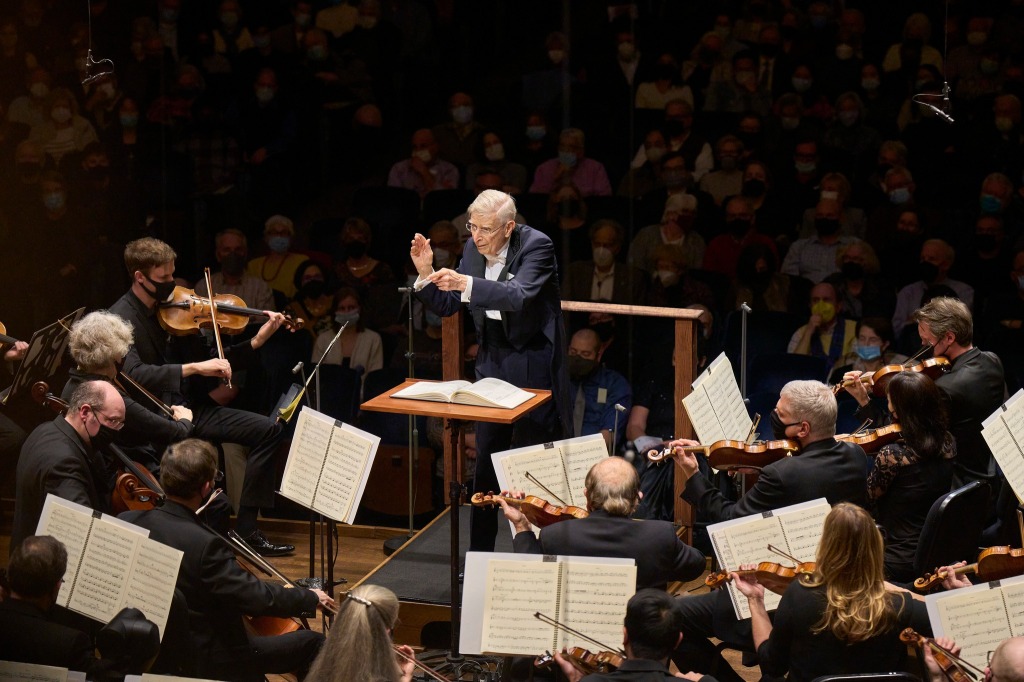Matthias Goerne, baritone
Evgeny Kissin, piano
Mandel Concert Hall
Severance Music Center
Cleveland, OH
April 14, 2024
Schumann: Dichterliebe, Op. 48
Brahms: Four Ballades, Op. 10
Brahms: Sommerabend, Op. 85 No. 1
Brahms: Mondenschein, Op. 85 No. 2
Brahms: Der Tod, das ist die kühle Nacht, Op. 96 No. 1
Brahms: Meerfahrt, Op. 96 No. 4
Brahms: Lieder und Gesänge, Op. 32
Encore:
Schumann: Mein Wagen rollet langsam, Op. 142 No. 4
In the this season’s final installment of Severance Music Center’s admirable recital series, two artists who exemplify their instruments came together for an intimate lieder recital: baritone Matthias Goerne and pianist Evgeny Kissin. On a side note, it’s lovely to see Kissin become a more regular presence in Cleveland following his return after a long absence – and he is on tap for next season’s recital series as well.

The first half was devoted to Schumann’s epochal song cycle Dichterliebe. Sixteen songs go by in a flash as quicksilver vignettes, each occupying a rarefied state that we only get to visit for a fleeting moment. Goerne’s vocal command showed this to be a work firmly in his repertoire, and Kissin responded in kind with probing accompaniment. Though a month premature, the opening Im wunderschönen Monat Mai began matters gentle and longing, only to be upended by the subsequent Aus meinen Tränen sprießen which contrasted in its melancholy. The thunderous Im Rhein, im heiligen Strome was a standout, answered by the familiar Ich grolle nicht, given an exultant and impassioned reading, anchored by the pianist’s bass octaves. As the most extended song of the set, the closing Die alten, bösen Lieder was powerful and bracing, only to close with pensive postlude for piano alone.
The latter half gave Kissin a moment in the spotlight, opening with Brahms’ four Ballades for solo piano – and for this listener, the highlight of the afternoon. The first, nicknamed Edward after the eponymous Scottish poem, was a stately, almost royal, processional, building to a powerful climax – especially so for such a brief work. In the chordal passages, Kissin’s nuanced voicing yielded a wondrous effect. The second followed a similar trajectory, with gentle beginnings giving way an animated, march-like central section. The following ballade was rather more animated, inflected by Hungarian rhythms (a Brahms favorite), while the final piece was Schumannesque in its poetry, languorous and lyrical, rapturously beautiful under Kissin’s hands.
Lieder by Brahms filled out the balance of the program, a composer whose path used Schumann’s influence as a signpost to discover his own individual voice. Four settings of Heinrich Heine (the poet of Dichterliebe) were culled from opp. 85 and 96. The pair captured the sultry atmosphere of Sommerabend; the closing line “Schimmern in dem Mondenscheine” made for a seamless segue to Mondenschein wherein the luminous moonlight dispelled the darkness. Meerfahrt, by comparison, was a stormier affair.
The nine Lieder und Gesänge of opus 32 were given a deeply expressive reading, evident from the opening Wie rafft’ ich mich auf in der Nacht, further conveyed by the substantial piano accompaniment. Two distinct poets were traversed across the set (August von Platen and Georg Friedrich Daumer), making it not quite as cyclical and coherent as Dichterliebe, but arguably a work which probed greater range and variety. Wehe, so willst du mich wieder made for an emphatic midpoint ahead of the sorrowful Du sprichst, daß ich mich täuschte. Peace was found, however, in the closing Wie bist du, meine Königin, arriving at a blissful state not unlike where the recital began with Im wunderschönen Monat Mai.
The duo returned full circle to Schumann for the lone encore of the late song Mein Wagen rollet langsam, wherein gently flowing textures were countered by more urgent martial material.












